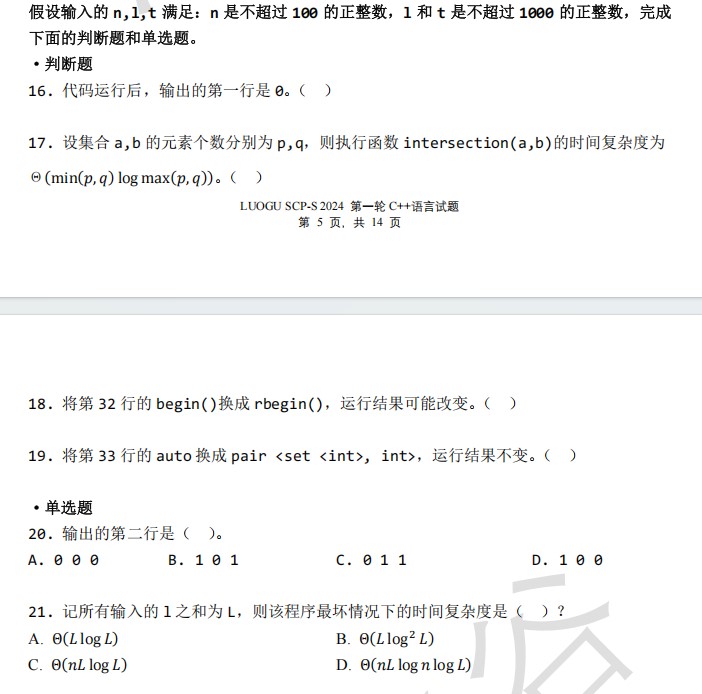5845: [洛谷CSP-S 初赛2024程序阅读1]
内存限制:256 MB
时间限制:2 S
题面:传统
评测方式:文本比较
上传者:
提交:3
通过:1
题目描述


输入样例 复制
0输出样例 复制
1
1 0 0